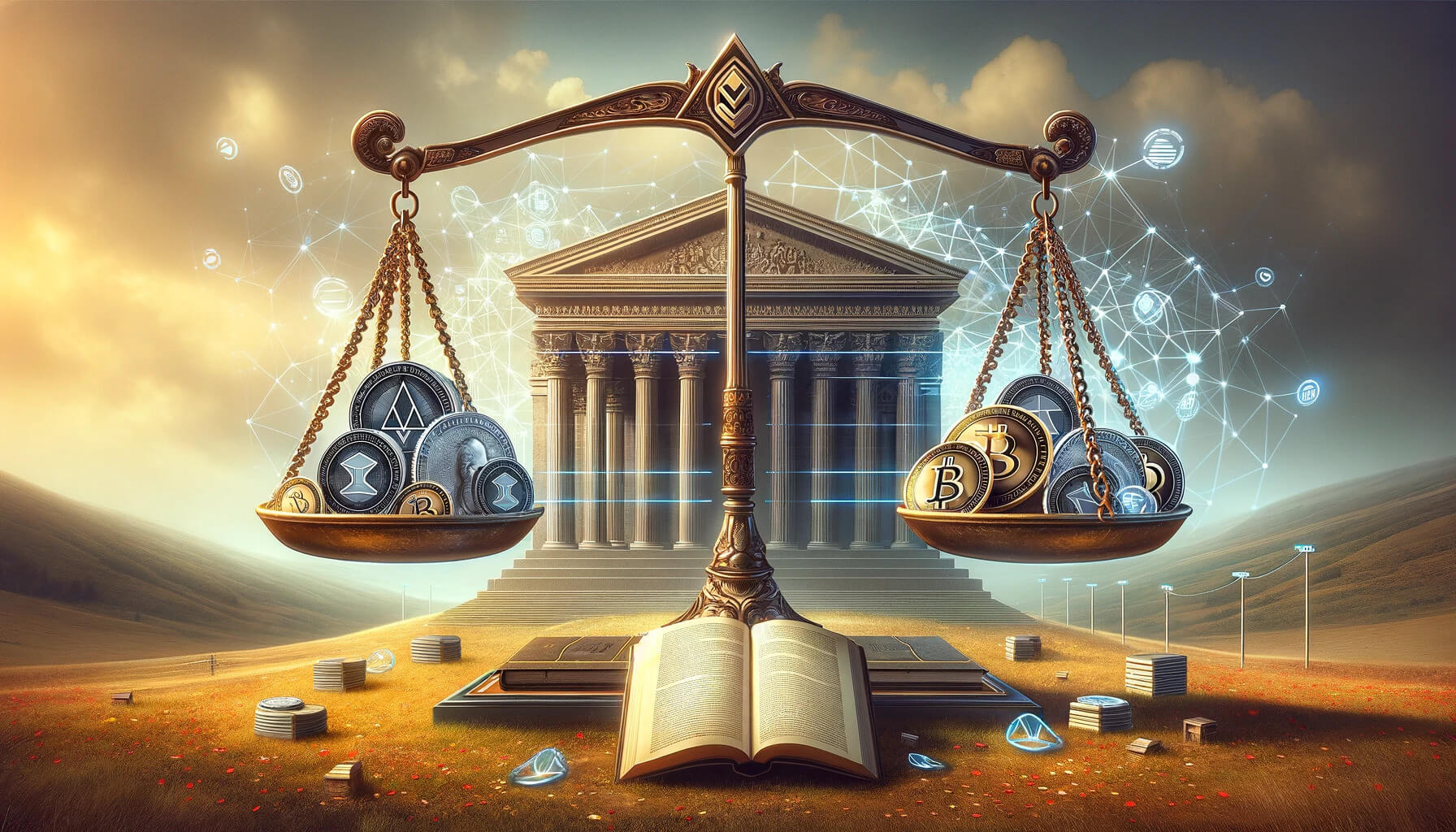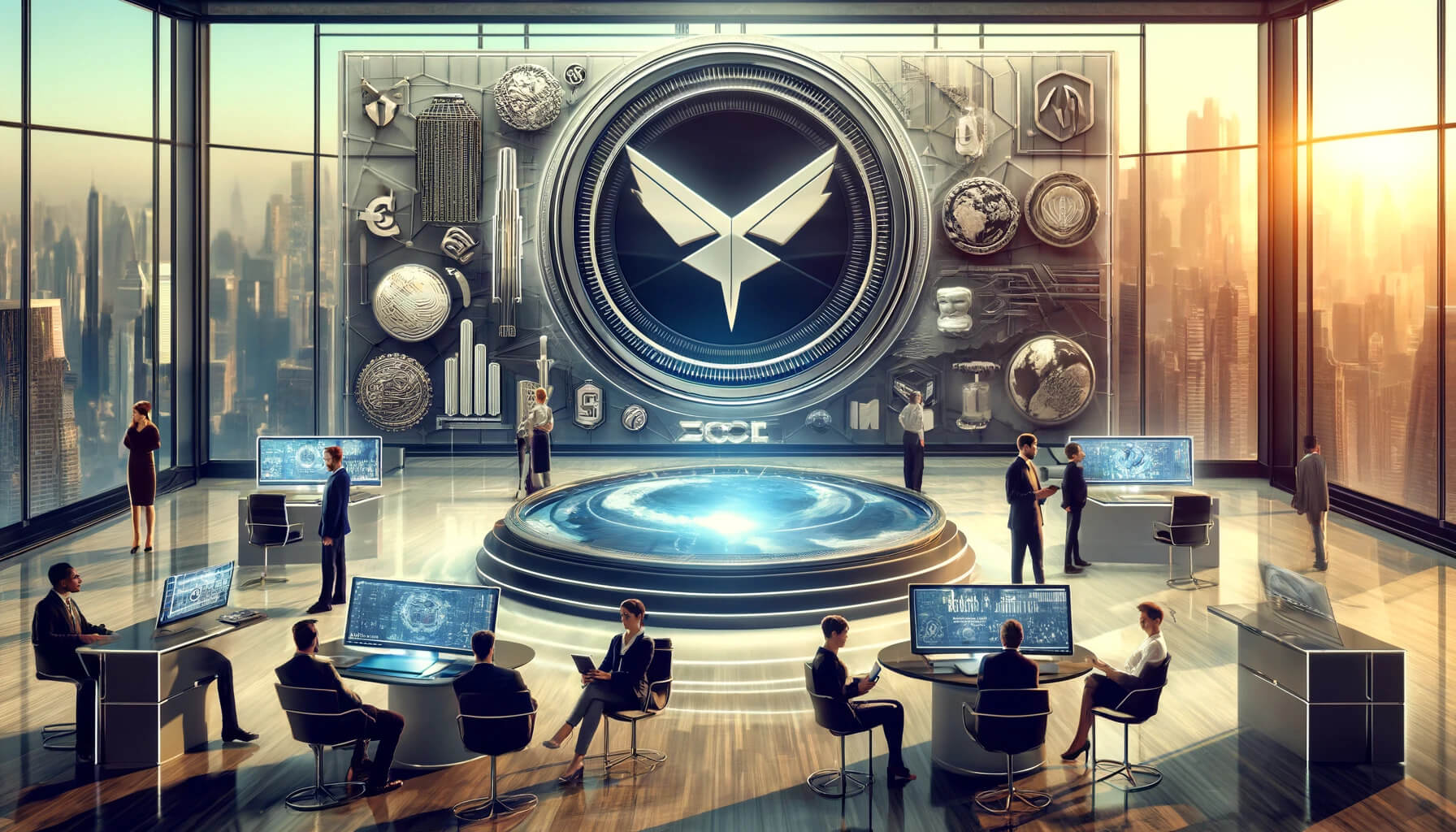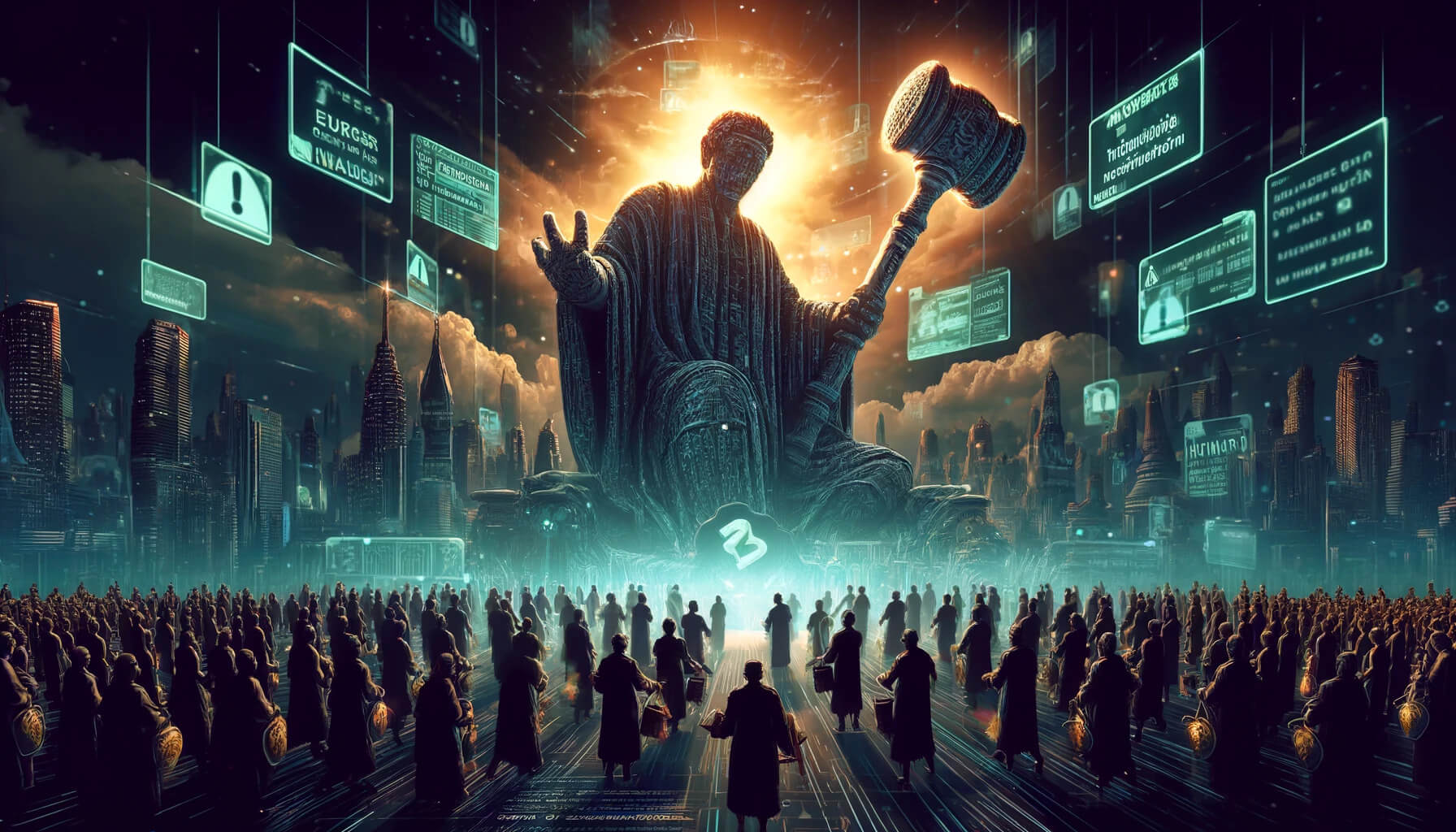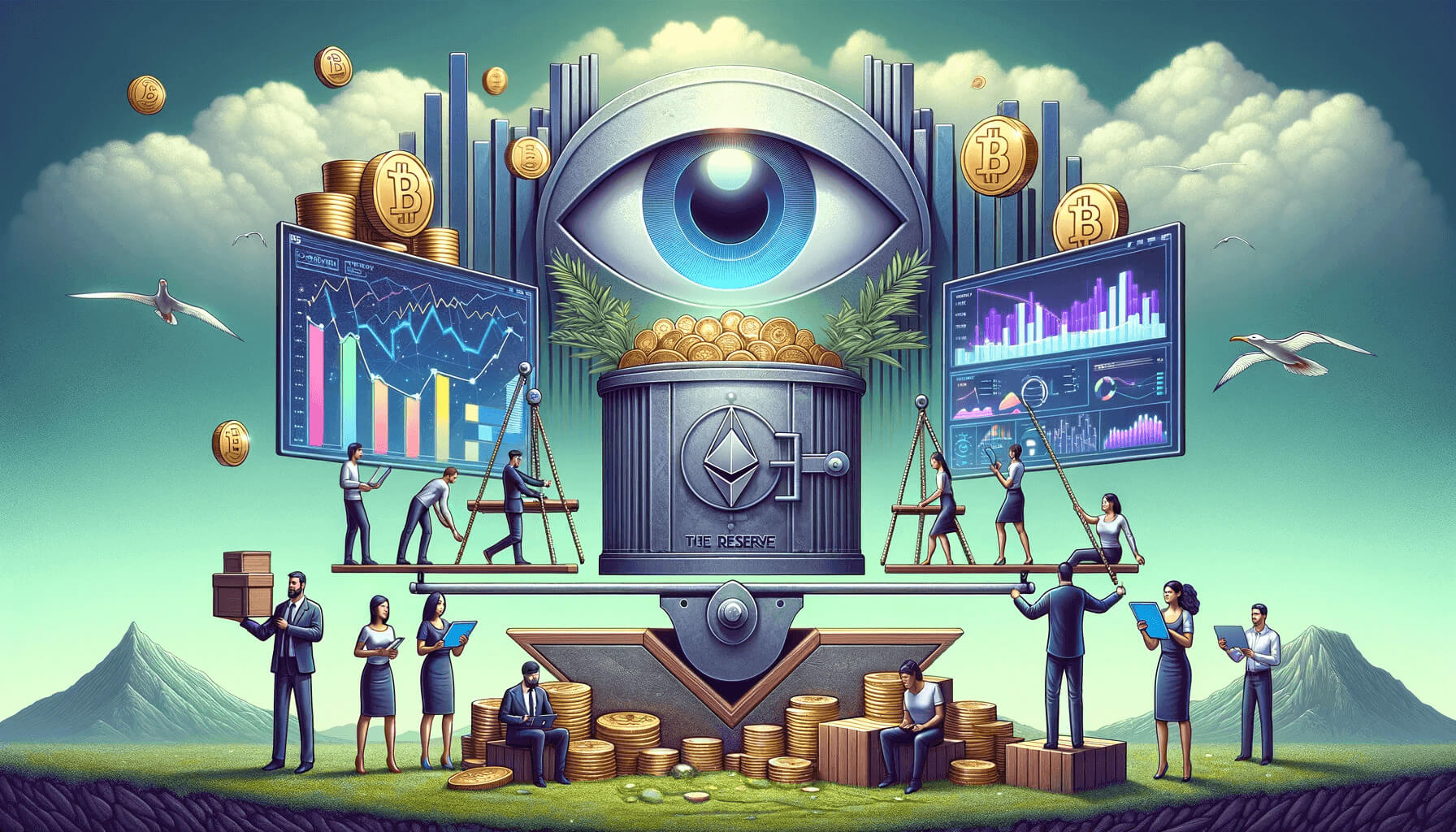Recent discussions surrounding stablecoin regulation in the United States, led by Representative Maxine Waters, have captured the attention of the cryptocurrency community. These deliberations hold significant implications for investors and market participants alike.
Stablecoins, renowned for their ability to maintain a stable value amidst market volatility, play a pivotal role in facilitating transactions and providing a reliable store of value. However, the proposed legislation seeks to introduce stringent regulatory measures, mandating stablecoin issuers to obtain regulatory approval and adhere to anti-money laundering (AML) and know-your-customer (KYC) protocols.
While the primary objective of these regulations is to enhance consumer protection and safeguard financial stability, concerns have been raised regarding their potential impact on innovation and market dynamics. The imposition of regulatory hurdles may pose challenges for stablecoin issuers, necessitating compliance with complex regulatory frameworks and potentially stifling the pace of technological advancement within the industry.
Furthermore, the debate surrounding stablecoin regulation underscores the broader tension between regulatory oversight and the decentralized ethos of cryptocurrency. While some argue in favor of regulatory clarity to instill investor confidence and mitigate systemic risks, others advocate for a more hands-off approach to preserve the foundational principles of decentralization and financial sovereignty.
As investors grapple with the uncertainty surrounding impending regulations, strategic considerations come into play. While some may adopt a wait-and-see approach, monitoring developments and adjusting investment strategies accordingly, others may opt for proactive measures, diversifying their portfolios or seeking alternative investment opportunities.
In conclusion, the proposed stablecoin regulations represent a pivotal juncture in the evolution of the cryptocurrency landscape. As stakeholders navigate the complexities of regulatory uncertainty, careful consideration of the potential implications and strategic adaptation to changing market dynamics will be paramount in navigating this evolving regulatory landscape.
Source ref: US Stablecoin Legislation Nears Approval: Rep. Maxine Waters


.png)

.png)


.png)









